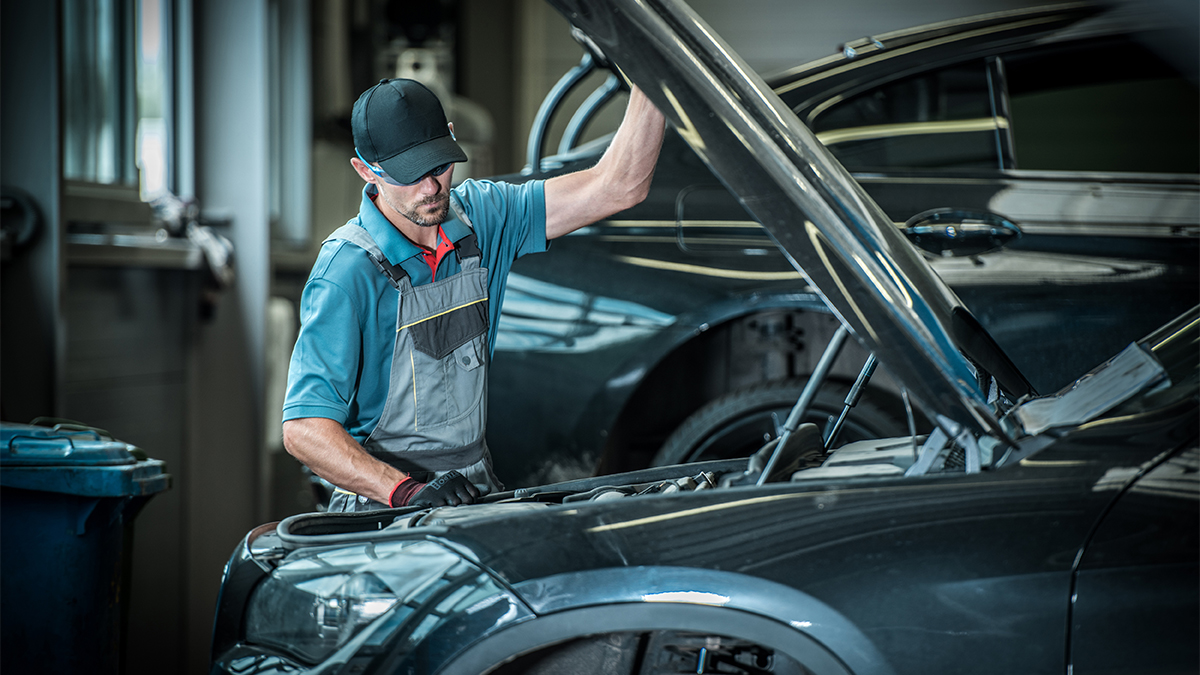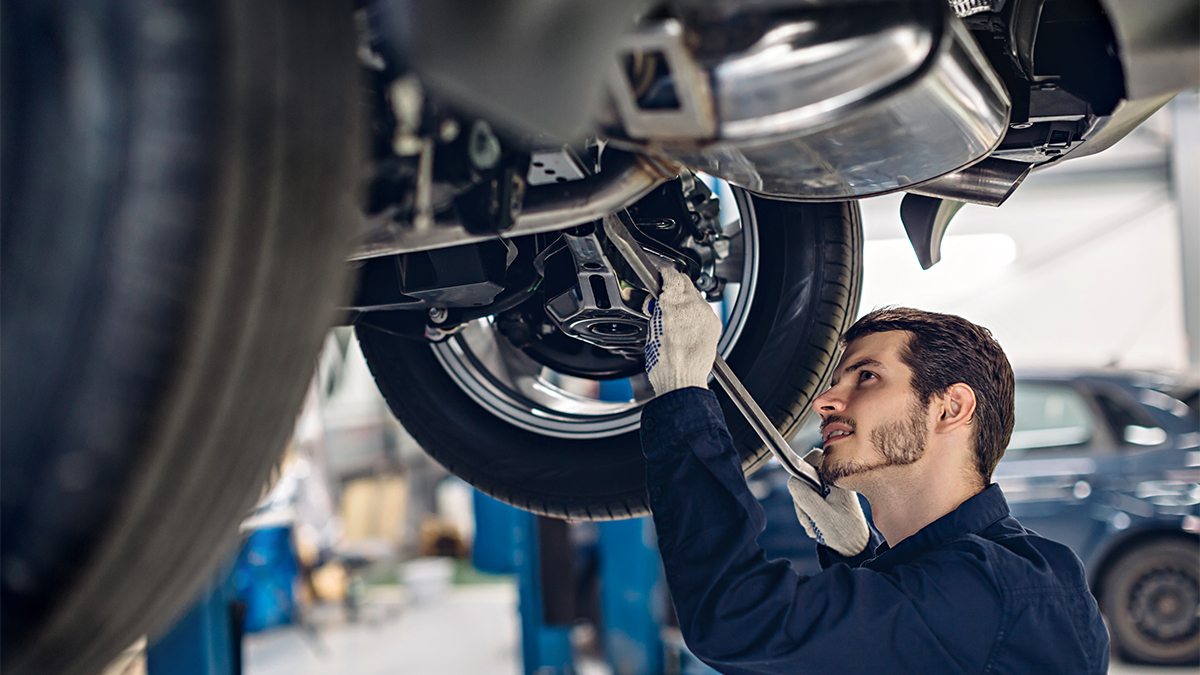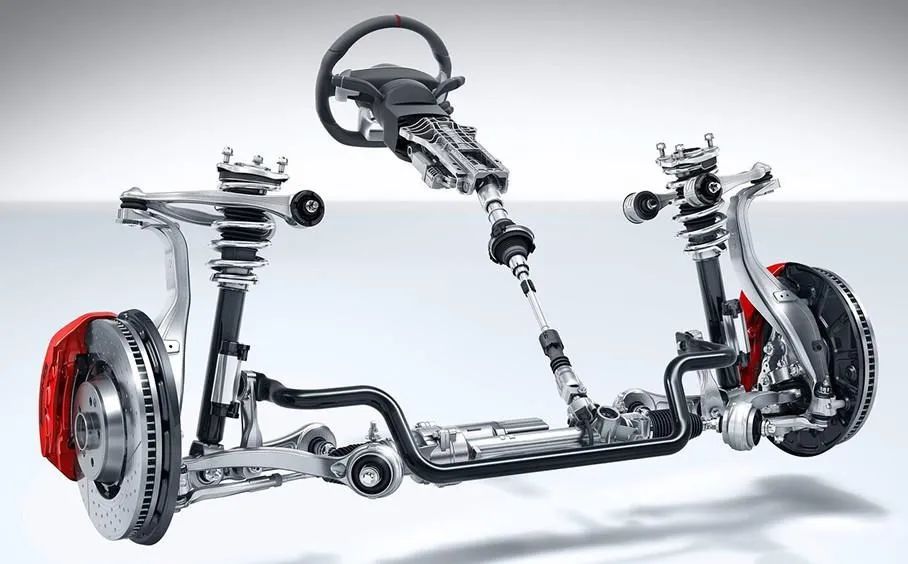Maintenance
The number one most common reason for a turbocharger to fail is dirty oil. We´ve already talked about the importance of lubrication. But there are additional steps you can take to ensure its proper functioning:
Regularly check the turbocharger for any visible damage, oil leaks, or loose connections. Look for signs of oil around the compressor or turbine housing, which may indicate a leak. Additionally, inspect the exhaust system for any leaks or damage that might affect the turbocharger’s performance. When the engine is off and cooled down, remove the intake pipe or air filter. Try to wiggle the compressor and turbine wheels back and forth to check shaft play. Excessive movement indicates worn bearings or other issues.
While the engine is running, listen for abnormal sounds like whining and grinding, or scraping, which might indicate a problem with the turbocharger. Keep an eye on boost pressure to ensure it´s within the recommended range. Sudden drops in boost pressure or unintended spikes can indicate an issue with the turbocharger or the supporting systems. If you suspect any issues or are unsure about the turbochargers condition, it’s best to have a professional mechanic or technician inspect it thoroughly.
Too much boost? Over pressurization, often referred to as overboost, occurs when the turbocharger generates more boost pressure than the engine or the turbocharger itself can handle. This situation can cause significant damage to the turbocharger and other engine components due to the increased stress and strain. Excessive boost pressure can cause the turbochargers compressor and turbine wheels to spin at speeds beyond their design limits. This can lead to mechanical failure, such as the bending or breaking of the compressor or turbine blades and can even cause the shaft to snap. It can cause seals and gaskets within the turbocharger to fail. This can result in oil leaks, loss of lubrication, and ultimately, accelerated wear and potential failure of the turbochargers bearings. Beyond damaging the turbocharger, excessive boost can put immense strain on the engine. Increased pressure and heat can cause detonation, leading to piston or cylinder head damage, and in extreme cases, catastrophic engine failure.
How to avoid excessive over pressurization:
Use a boost gauge to monitor and ensure that the boost levels remain within safe limits. This helps in keeping track of the turbochargers performance and detecting any unexpected spikes in pressure. If you have an aftermarket engine management system or modifications affecting boost levels, ensure that the tuning is appropriate and that the boost is kept within safe parameters. Regularly inspect and maintain components related to the turbochargers system, such as wastegates, blow-off valves, and vacuum lines, to ensure they are functioning correctly. Malfunctioning or stuck wastegates, for example, can lead to uncontrolled boost levels.
The turbocharger works by increasing both the pressure and volume of air entering the engine. It compresses the air (increasing pressure) and forces more of it into the engine (increasing airflow).
Unlike smaller turbochargers that might produce higher pressure at the expense of airflow, a larger turbocharger has the capacity to deliver increased airflow at relatively lower boost pressure. This means that while the pressure might not be as high compared to smaller turbos, the larger turbocharger can still supply a greater volume of air to the engine. Consequently, this allows for more efficient combustion and power delivery, showcasing how a bigger turbocharger can offer enhanced airflow without needing excessively high pressure.
Last
Taking care of the turbocharger is super important for keeping it working well and making sure your car runs great. Doing simple things like using good oil, changing it regularly, and keeping it cool are important to prevent the turbo from getting too hot and worn out. Checking for leaks or weird noises is a big help to catch problems early. Pushing the turbocharger too hard (overboosting) can really mess it up and even hurt the engine. Keeping an eye on the boost levels and making sure everything’s set up right can stop this from happening. Knowing how different turbocharger sizes affect how much air and pressure your engine gets can help make it work better without causing problems. Overall, following these tips keeps your turbocharger safe and makes sure it works well, giving your car power and efficiency without any trouble.









